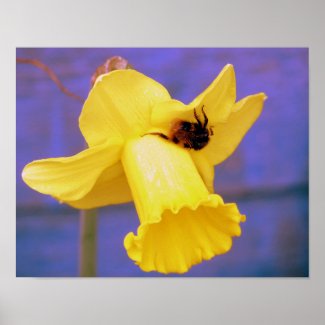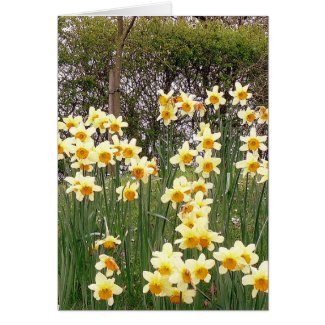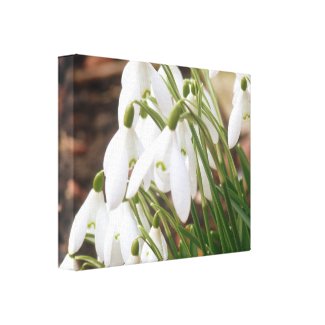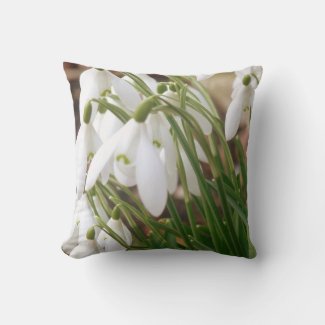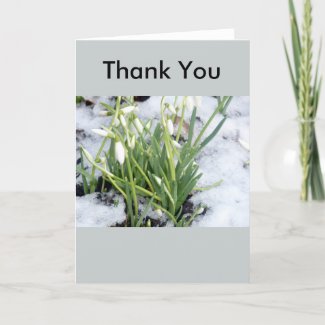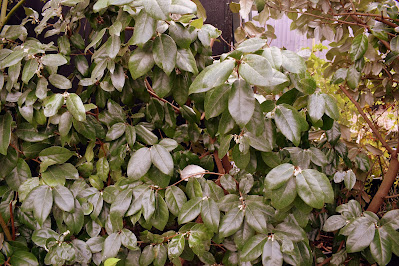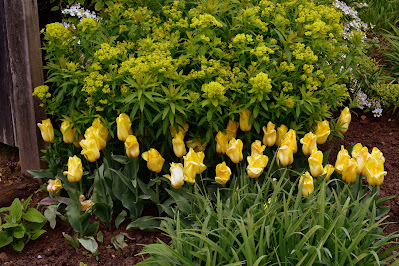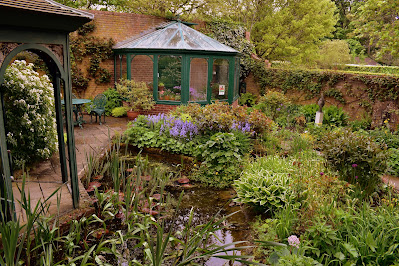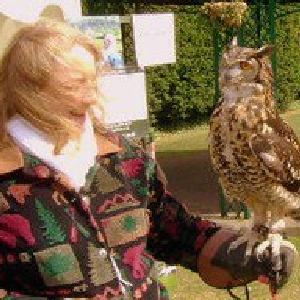Daffodils are abundant in my garden right now and I love to see their beautiful vibrant colours and gently swaying trumpet shaped heads bringing sunshine to a cold day.
Daffodils are native in Europe and North Africa and although the name Daffodil is most commonly used, the botanical name is Narcissus and they are part of the Amaryllidaceae family.
Regarding the name there is also a link with the Greek myth of Narcissus. The story goes that he was renowned to be very beautiful and he fell in love with his own reflection, so much so that he pined away until he died and turned into the flower narcissi or daffodil.
Daffodils In The Garden
Even though it has been very cold here ever since they flowered, their appearance symbolising rebirth and new beginnings gives me hope and joy. Although it has not been a particularly harsh winter this year, it has been very cold, damp, grey and very rainy so it is lovely to see some colour and brightness in the garden which certainly lifts the spirits for warmer weather and Spring.
Most of mine are golden yellow colours but some are white and some are fragrant which is lovely. There are also orange flowers and combinations of yellow and white or orange and yellow.
Daffodils are very versatile in planting schemes for the garden. I like to plant little Tete a Tete daffodil in pots and troughs where their delicate looking blooms can be easily seen. The bigger daffodils are planted in the borders of the garden. Daffodils can also be naturalised in grass.
As we have a lot of daffodils, some can be spared to be used as cut flowers and brought inside to place in a vase. This is lovely to bring Spring into the house. They look lovely in a vase by themselves or mix very well with other flowers perhaps white, purple or blues being my preferences.
Daffodils come in a wide variety of shapes and sizes from the tiny to the large and different colours from yellow gold, white and orange. Many have the classic strong trumpet shaped flower head and others have multi petaled varieties.
Looking After And Planting Daffodils
Daffodils are bulbs and hardy perennials. This is lovely as they come back every year once planted.
While planting bulbs in borders can be a little tedious, once it is done you will have daffodils every year with little effort involved.
Planting Daffodils
We can plant daffodil bulbs in the autumn/fall around September to November time. This gives them time to establish roots before winter cold sets in. Before planting check to make sure that the bulbs are clean and firm, discard any that are mouldy or very soft as these may be too old or diseased. It is best to buy and plant bulbs in the same season so that they do not get hence to get any mould or go soft.
Daffodils prefer full sun or partial shade and they do appreciate a well-drained soil so it is ideal to plant in an area that will get a decent amount of sunshine. We have an area of heavy shade and I never plant daffodils there as they will not do well. Other flowers fair better there. All my daffodils planted in the soil are in sunny spots and I move the ones in pots into sunny places as soon as I see shoots coming up.
I put a grit and compost mix in my containers for the bulbs. For planting in the garden we do have heavy clay soil which although I have improved over years is still less than ideal but the bigger ones have managed to thrive in it. So if you have a sunny spot but perhaps less than ideal soil give it a try with a small number of the bigger bulbs to see if they can be successful.
Bulbs should be planted approximately 6 inches or 15 centimetres deep below the soil surface. For this you can simple dig a hole with a trowel or use a bulb planter. Having done a lot of this I would advise if you are planting a lot, to invest in a bulb planter to make the job easier and quicker.




